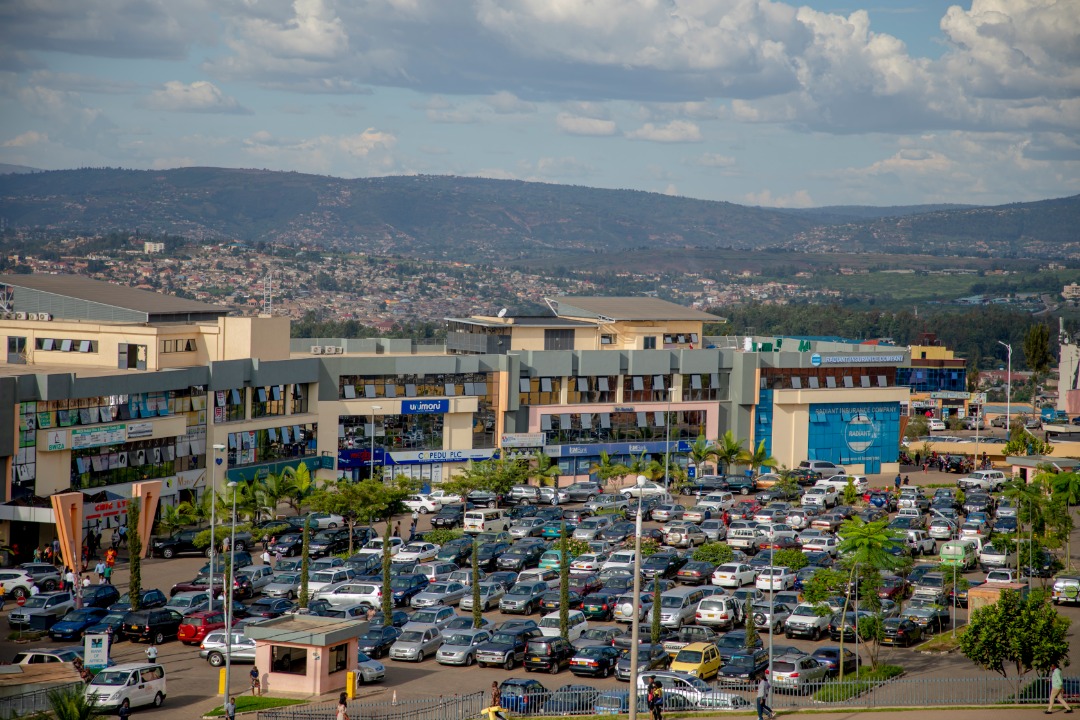
Ministry of Finance has proposed a Revised Budget for the year 2021/22 which will increase the total budget from Rwf3,807 billion to Rwf4,440.6billion showing an increase of Rwf633.6 billion- representing a 16.6 percent increase.
The revised budget, presented to the parliament chamber of deputies this February 7, 2022 is meant to enable the country to recover from the shocks caused by COVID-19 pandemic and improve citizens welfare.
“The budget revision process has been informed by the economic and budget performance for the first quarter of 2021/22 including an assessment of the crisis by providing necessary support to vulnerable households and businesses,” the ministry said.
The revised budget proposed the following key changes on resources, and on expenditures.
On resources, there is plan to increase domestic revenues arising from additional taxes and other revenues expected following the recovery of economic activities and businesses, consideration of IMF debt relief in non-tax revenues as well as the IMF SDR allocations and the inclusion of EURO BONDS proceeds.
As part of the new resources, the country included the Special Drawing Rights (SDRs) allocated to Rwanda of Rwf154 billion to support the country’s efforts to address the impact of COVID- 19 in Fiscal Year (FY) 21/22 by financing high-quality investment projects key to building post-pandemic resilience
However, Rwanda plans to have Rwf68 billion kept under Central Bank (BNR) reserves to be used in retiring the remaining 2013 Eurobond (after the recent refinancing when issuing USD 620 million through the International capital market) amount maturing in 2023.
Tax revenues are projected to increase by Rwf42.4Billion, from Rwf 1,717.2 billion in the original budget to Rwf 1,759.6Billion. This increment will come mainly from taxes on income, profits and capital gain, taxes on goods and services as a result of economic recovery in doing business as well as improved collection of taxes.
This follows a drop in total revenue by 2.2 billion FRW mainly due to the underperformance in tax collection. This accrued to the Treasury in the July-September 2021 period under review amounted to Rwf611.7 billion and fell short of the projected figure (Rwf613.9 billion).
In the original budget, the total amount of Rwf275.8 billion was projected as other revenue receipts. This figure is being revised upwards to Rwf388.4 billion, showing a net increment of Rwf112.4 billion.
This increase includes an amount of Rwf23.2 billion coming from the debt relief from the IMF resulting to the IMF decision to forgive some debts to a group of developing countries including Rwanda.
On expenditures
These will increase in recurrent spending to accommodate for COVID-19 related expenditures including vaccine rollout spending; decline in net lending outlays in line with the new disbursement time table of the Economic Recovery Fund Phase 2 (ERF2); and increase in capital expenditure.
On capital expenditure, the original budget amount of Rwf1, 393.3 billion is being raised by a net amount of Rwf262.4 billion to Rwf1, 655.7 billion representing 19% increase.
The budget also shows that an increase and reduction in some of the earlier budget lines, however indicates Rwanda’s economy is expected to pick to a 10.2% growth after the pandemic.
“Recovery is expected to continue as reflected by the real composite index of economic activity which continues to increase in October and November 2021, meaning the projection of 10.2 percent for 2021 will be achieved,” the Minister of Finance Uzziel Ndagijimana said.
The minister noted that the economy remains on a recovery path from 2020 pandemic induced recession; Quarter Three (Q3) 2021 GDP increased by 10.1 percent year-on-year, following 20.6 percent growth in Q2 2021.
He explained that the continued economic recovery has been broad-based; the services sector has recorded a growth above zero for the second time in a row (24 percent in Q2 and 11 percent in Q3) driven mainly by hospitality and social subsectors favored by COVID related restrictions that were low, particularly compared to Q2 2021 that had a two-week lockdown.

